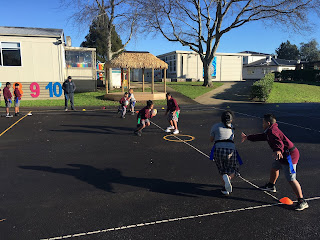 Today I commented on Nicole's blog. I commented on her show and tell blog post. In my opinion Nicole did a fabulous job. I also made a show and tell blog post for writing as well. I really enjoyed reading each of her pieces of writing. I also liked how she explained how she had to use more descriptive words and make the "show" more interesting. I really liked her "show" writing because it was more detailed and described much more than the "tell" which is what it is suppose to be. I wanted to know if she always uses "show" in her writing or did she used to use "tell".
Today I commented on Nicole's blog. I commented on her show and tell blog post. In my opinion Nicole did a fabulous job. I also made a show and tell blog post for writing as well. I really enjoyed reading each of her pieces of writing. I also liked how she explained how she had to use more descriptive words and make the "show" more interesting. I really liked her "show" writing because it was more detailed and described much more than the "tell" which is what it is suppose to be. I wanted to know if she always uses "show" in her writing or did she used to use "tell". Here is the link to Nicole's blog and my comment below - Show and Tell poster



































